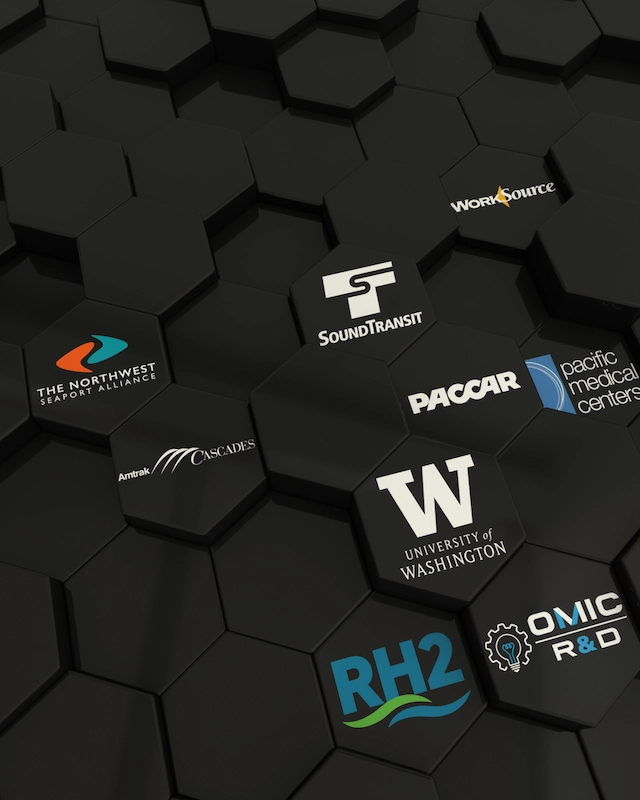Consumer packaging plays a vital role in shaping brand perception and influencing purchase decisions. In today's competitive marketplace, where countless products vie for consumers' attention, packaging has emerged as a crucial tool for building brand equity and establishing a strong emotional connection with customers. Here we will explore the latest trends in consumer package branding and shed light on the strategies that successful brands are employing to stand out in the crowd.
Sustainable packaging: the new norm
As environmental concerns continue to rise, sustainable packaging has become a significant trend in consumer branding. Companies are increasingly focusing on reducing their ecological footprint by using eco-friendly materials, minimizing packaging waste, and embracing recyclable and biodegradable alternatives. Eco-friendly inks have been in use for some time now and continue to favor adaptation and change for the better. Currently, algae ink is considered to be the most sustainable.
Authenticity and transparency
Consumers today demand authenticity and transparency from brands. They seek products that align with their values, and packaging plays a crucial role in conveying that authenticity. Brands are incorporating transparent windows, clear ingredient lists, and eco-certifications to communicate their commitment to quality, ethical sourcing, and social responsibility. Transparent packaging builds trust, reduces skepticism, and enhances the overall brand perception.
Interactive packaging: engaging the senses
To captivate consumers in a hyperconnected world, brands are exploring interactive packaging techniques that engage multiple senses. Augmented reality (AR), scannable QR codes, and NFC-enabled packaging are being used to deliver immersive experiences, unlock additional content, and enable direct customer interaction. Interactive packaging not only creates a memorable brand experience but also provides valuable data and insights for brands to refine their marketing strategies.
Minimalist designs: simplifying the message
In an era of information overload, simplicity and minimalism are important considerations in building brand packaging. Brands are generally opting for clean, uncluttered packaging that communicates the essence of their product succinctly. Minimalist designs convey a sense of elegance, sophistication, and modernity. By stripping away unnecessary elements, brands create a visual identity that resonates with consumers seeking clarity and simplicity. Of course, truly capturing a positive product essence on the cover goes a long way in describing package contents and benefits, minimalist or richly textured.
Personalization and customization
Consumers today crave personalized experiences, and packaging is no exception. Brands are leveraging digital printing technologies to create packaging that can be customized according to individual preferences. Whether it's adding a customer's name or tailoring packaging design to suit different demographics, personalization creates a sense of exclusivity, fosters brand loyalty, and enhances the overall customer experience.
Storytelling and emotional appeal
In an increasingly crowded marketplace, packaging has evolved beyond being a functional wrapper to becoming a storytelling medium. Brands are leveraging packaging to share their narrative, values, and purpose, forging an emotional connection with consumers. By crafting compelling stories, using the right imagery, and incorporating brand heritage and story-telling, companies can differentiate themselves, evoke emotions, and cultivate loyal brand ambassadors.
Conclusion
Consumer packaging branding has evolved significantly in recent years, with brands embracing sustainability, minimalism, personalization, interactivity, storytelling, and authenticity to connect with their target audience. Successful brands understand that packaging is not just a means of protection or promotion; it is a powerful tool for creating memorable experiences, evoking emotions, and building lasting relationships with consumers.
